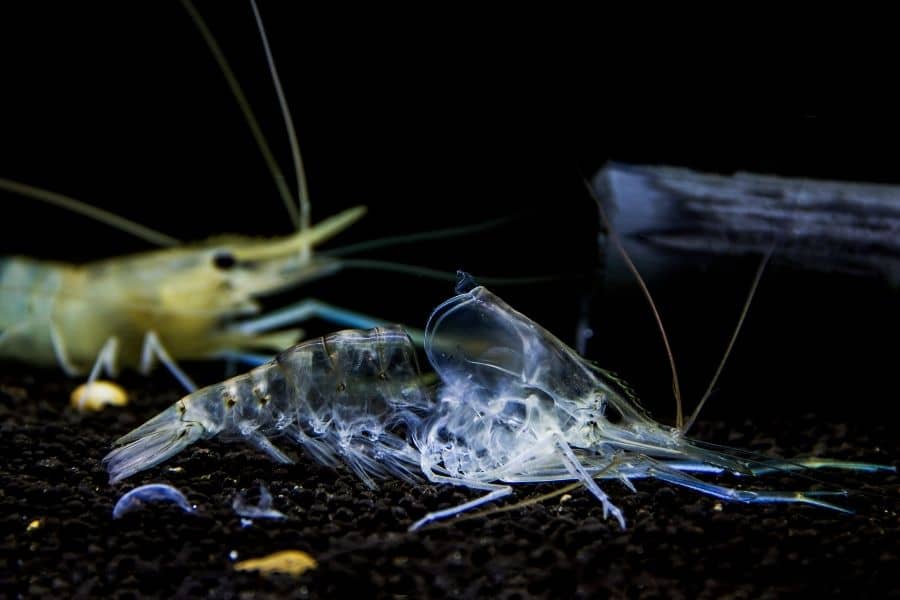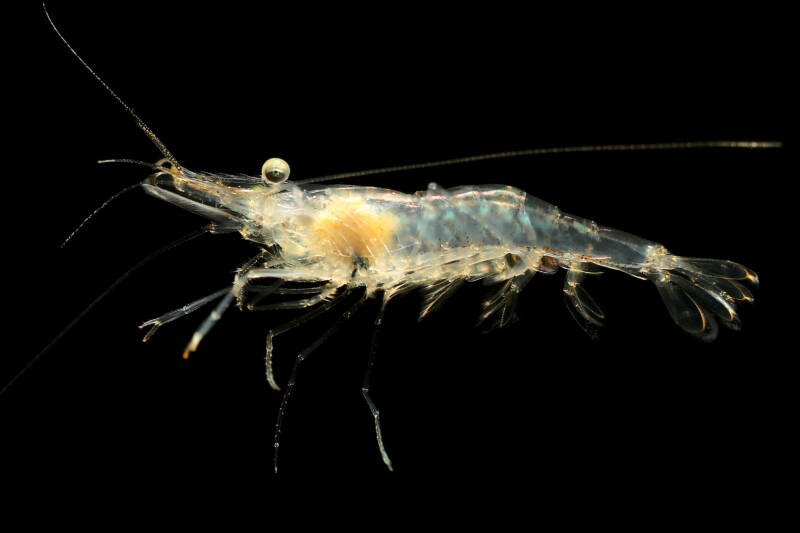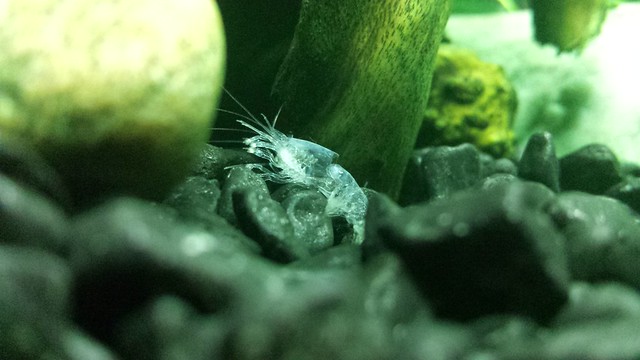Does Shrimp Shed Their Skin
Shrimp are unique creatures that have become very popular among aquarium enthusiasts over the years. One of the most fascinating aspects of these tiny creatures is how they shed their skin. So, does shrimp shed their skin? The answer is yes, they do! In fact, this process is a vital part of their growth and development.
The Pain Points of Shrimp Molting
Shrimp molting can be a challenging process, especially for new shrimp owners. When a shrimp is in the process of shedding, they may become more reclusive and may eat less, causing concern for many owners. Additionally, should the process go wrong, the shrimp may die from complications. But with the proper care and attention, shrimp molting can be a relatively easy process.
Answering the Target Question
Shrimp shed their skin during a process called molting which is a natural part of their growth cycle. During this process, the shrimp will shed its old skin and form a new one in its place. This process allows the shrimp to grow in size and replace any damaged or lost limbs.
Main Points to Consider
It is vital to ensure that the shrimp have the necessary nutrients and minerals to complete their molting process successfully. A good diet, clean water, and a healthy environment can all aid in this process. It is also important to monitor your shrimp during the molting process, as they may become more vulnerable during this period.
Personal Experience with Shrimp Molting
As an aquarium enthusiast, I have had many shrimp over the years. One of the key things I have learned is to always ensure that the environment is clean and stable. When my shrimp started to molt, I would provide them with additional calcium-rich foods such as spinach, kale and other greens. I would also monitor them daily and make sure they had a safe space to molt without the risk of injury from other tank mates.
How to Care for Molting Shrimp
When a shrimp is in the molting process, it is vital to maintain the water's quality. This will help prevent any infections as the new shell hardens. Calcium can also be added to the water to help the shrimp create a stronger shell. You should also separate the shrimp from any aggressive tank mates and ensure that they have a safe place to molt.
Explaining the Process of Molting in More Detail
During molting, the old, outer shell splits and peels away from the shrimp's body. The shrimp then has to maneuver its body out of the old shell. After emerging from the old shell, the shrimp's new shell is soft and vulnerable, leaving the shrimp exposed to possible infections, predation and even the risk of death. It can take anywhere from a few hours to several days for the new shell to harden and become strong enough to provide the necessary protection for the shrimp.
Tips for a Successful Molting Process
One of the best things you can do to ensure that the molting process goes smoothly is to give your shrimp a well-balanced diet and provide them with a clean and stable environment. Ensure that the water parameters are well-maintained, and calcium is added to their diet to ensure that their new shells develop correctly. By ensuring that your shrimp is in good health and has the necessary nutrients and minerals, the molting process can be relatively stress-free.
Personal Experience with Caring for Molting Shrimp
One of the things that worked well for me is to use a small quarantine box in my tank to isolate the shrimp during the molting process. This helped to reduce the risks of infection and predation from other tank mates. I also made sure that there were plenty of hiding places for the shrimp in the tank, such as rocks and plants, so they had a safe space to rest during the molting process.
Question and Answer
Q: How often do shrimp molt?
A: Shrimp molt regularly throughout their lives, with molting being necessary for their growth and development.
Q: How can you tell if a shrimp is about to molt?
A: Shrimp may become more reclusive and eat less when they are about to molt. They may also display a whitish or grayish coloration on their exoskeleton.
Q: How long does the molting process take?
A: The molting process can take anywhere from a few hours to several days, depending on the shrimp's size and age.
Q: What should I do if my shrimp is having issues during the molting process?
A: If you notice any complications during the shrimp's molting process, such as bleeding or difficulty shedding its old shell, you should isolate them from other tank mates and consult with a veterinarian.
Conclusion
In conclusion, molting is a vital process for the growth and development of shrimp. By ensuring that their living environment is clean and stable, and that they have the necessary nutrients and minerals, the molting process can be relatively easy for your shrimp. Monitor your shrimp during the process, and if any complications arise, it is always best to consult with a veterinarian.
Gallery
Ghost Shrimp Turning White (What Does It Mean?)

Photo Credit by: bing.com / shrimp molting
Crystal Red Shrimp (Cardinal Cf. Cantonensis) Care | Complete Guide|

Photo Credit by: bing.com / crystal mue cardinal crevette molt serpent cantonensis
Ghost Shrimp Care: Full Guide (with Setup, Tank Mates & Diet)

Photo Credit by: bing.com / crevette douce gamberetto appearance fantasma palaemonetes paludosus freshwater gambero betta prized aquarists remarkable snaketracks vetro
How Often Do Shrimp Molt – Ultimate Guide

Photo Credit by: bing.com / molting molt shrimps
New Stories, Sort Of... | My Shrimp Shed His Skin! - Mibba

Photo Credit by: bing.com / fucked